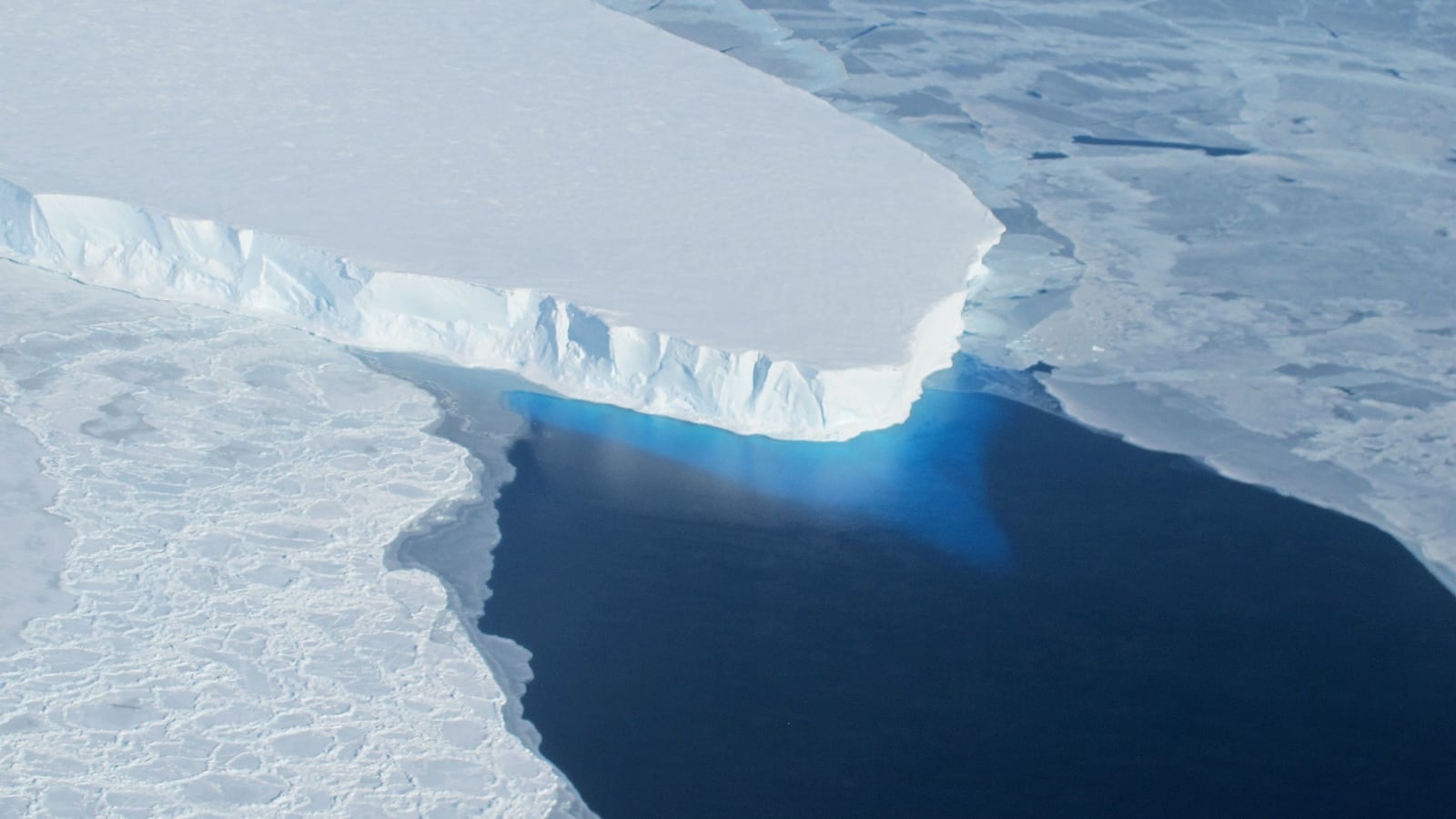Antarctica’s “doomsday glacier” is “retreating”—or collapsing—at a rate that has stunned scientists to the point they claim the potential impact is “spine-chilling”. Scientists have been studying the Thwaites Glacier, which is approximately the size of Florida, in order to predict the impact of global sea rise levels. In a study published Monday in the journal Nature Geoscience, researchers said the giant berg is holding on “by its fingernails” and warned sea levels could raise from three to 10 feet if it collapsed. “Our results suggest that pulses of very rapid retreat have occurred at Thwaites Glacier in the last two centuries, and possibly as recently as the mid-20th Century,” wrote the study’s lead author, marine geophysicist Alastair Graham at the University of South Florida’s College of Marine Science. Scientists studied the glacier’s historical retreat in an effort to understand the impacts that will affect the future, and what they found is scary stuff. “Thwaites is really holding on today by its fingernails, and we should expect to see big changes over small timescales in the future-even from one year to the next-once the glacier retreats beyond a shallow ridge in its bed,” marine geophysicist and study co-author Robert Larter from the British Antarctic Survey said.
Read it at Science Daily






